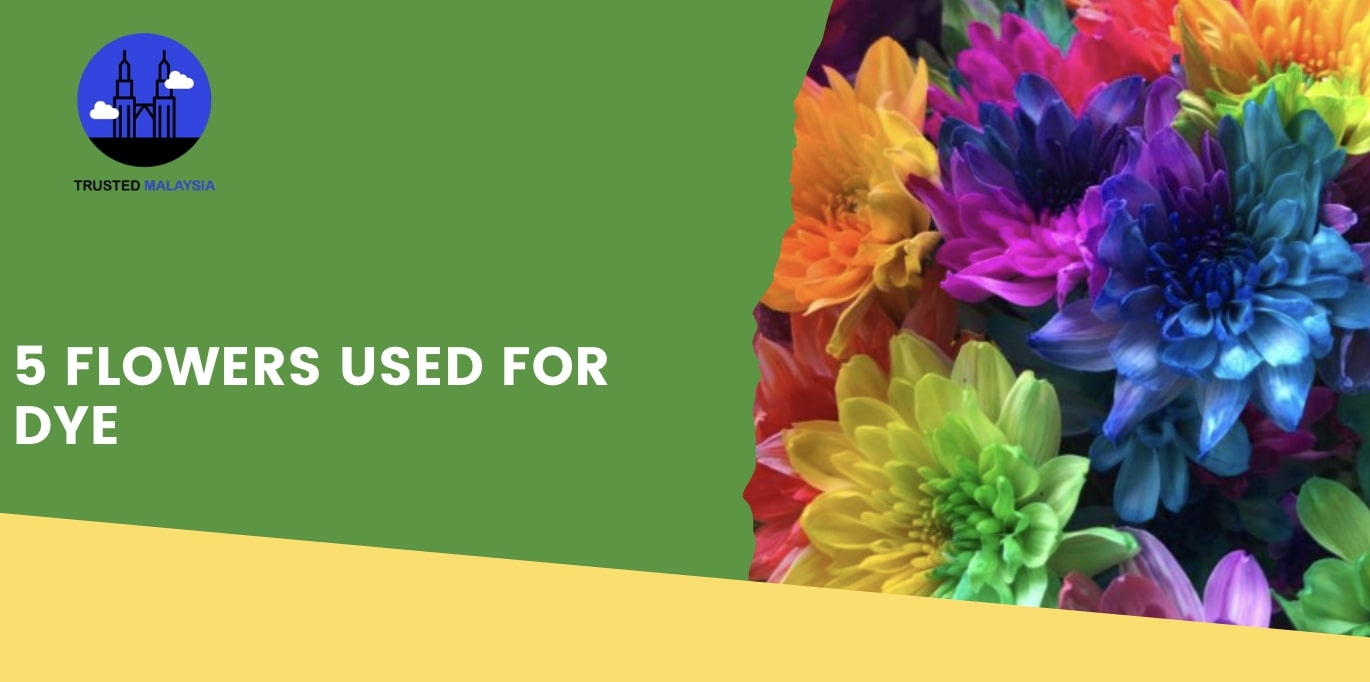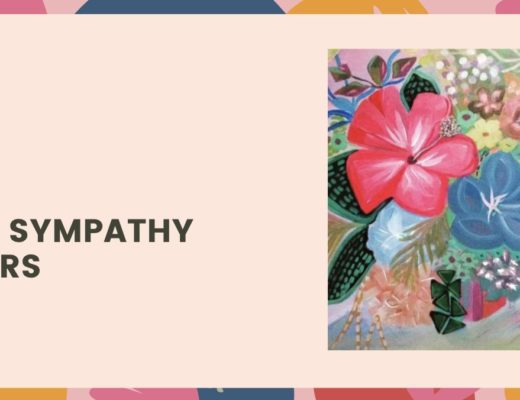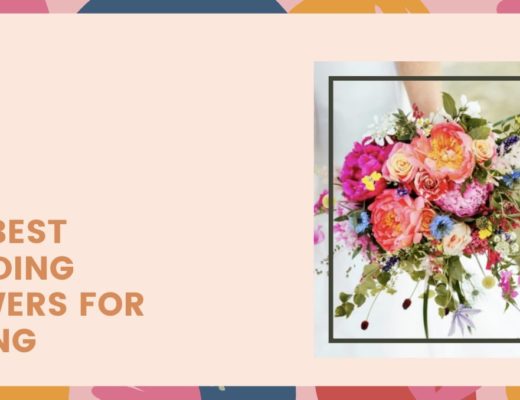Even now, flowers are still used for their natural, deep-colored dye be it for food, clothes, or makeup. The coloring is unique for each plant and can come from its flowers or other parts.
However, not all flowers can produce dye because there isn’t enough pigment in them. But our list here features several flowers or flowering plants that produce wonderful dye for you to use.
1) Zinnia
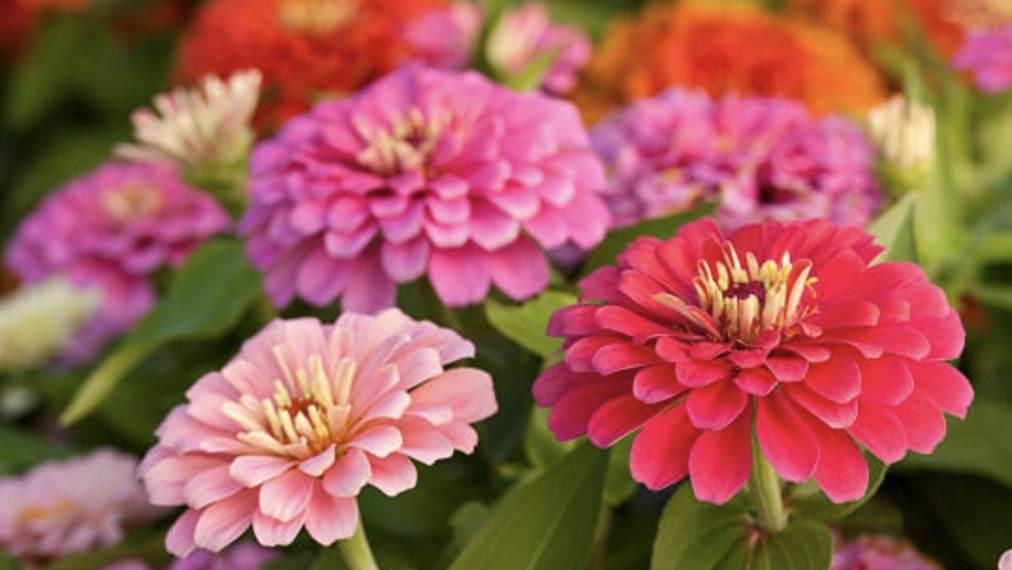
Zinnia is a vivacious annual flower that comes in orange, red, or pink. It is large-petalled, single-stemmed, and actually has many small flowers or florets surrounding the center disk.
The dyes you can acquire from the Zinnia’s flower are beige and tan. Similar to yarrow, manufacturers use an alum mordant to stabilize its dye onto the fabric.
For those not in the know, a mordant is a substance merged with the dye to firmly stick on the fabric or material. There are different kinds of mordants that you can use as you’ll see in a bit.
2) Yarrow
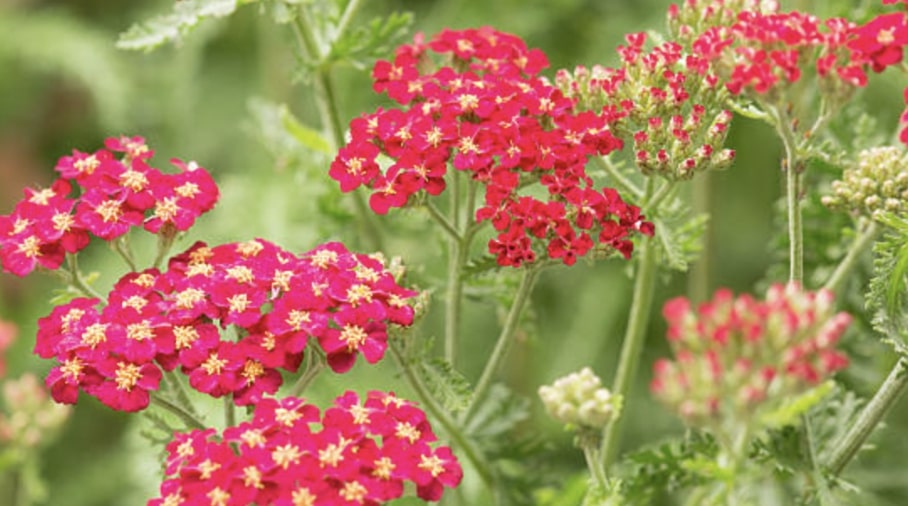
Found in all parts of the globe, yarrow is a tiny flowering plant related to the aster and sunflower. Each yarrow stem consists of a cluster of tiny, attractive, and frilly flowers.
Yarrow has been used in the past as medicine to combat infections and stomach cramps, most notably in the American Civil War.
Its flowers, leaves, and stems give out a yellow dye if extracted by a dye bath. It uses an alum mordant, although using an iron mordant will create a nice green or olive shade for a material.
3) Hollyhocks
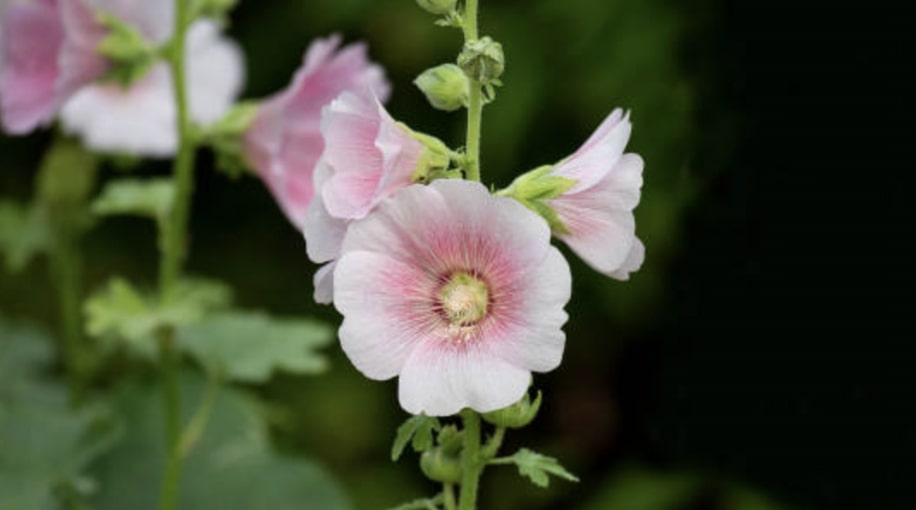
Hollyhocks are pretty concave blossoms that grow along a stem. They were imported from southwestern China to Europe in or before the 1500s.
Its petals range widely in colors with the most common being pink and red. Their dye goes from bright green to brown-green differing based on how you prepare the petals.
An alum mordant is a preferred substance for making the dye colorfast on the fabric. Also, using different mordants like stannic chloride and copper sulfate will give you a different color.
4) Saffron
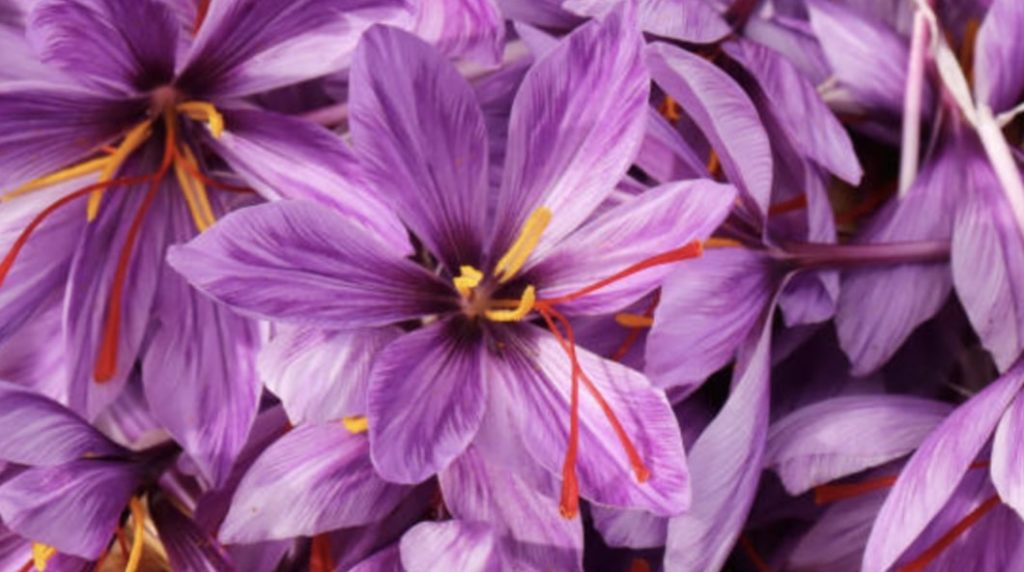
Saffron (Crocus sativus) is a lovely bulb flower with long red stigmas. Its blooming season is autumn and its shades include purple, fuchsia, and lavender.
The strong yellow to orange pigment is found in the saffron’s stigma. The pigmentation is called crocin, which is related to vitamin A.
In fact, research indicates that crocin may have some antioxidant and antitumor effects like vitamin A. If this is true, then using this flower’s dye on meals will benefit your health in some way.
So, concerning food, it can also add enjoyable flavor and color to many Asian and Mediterranean dishes. Also, it can be used on silk, wool, and other fabrics as well as for creating art like painting and sculptures.
To acquire this dye, one has to first dry the fresh stigmas of this flower. However, since a single saffron flower doesn’t produce much coloring, you may need to get more.
5) Royal Poinciana
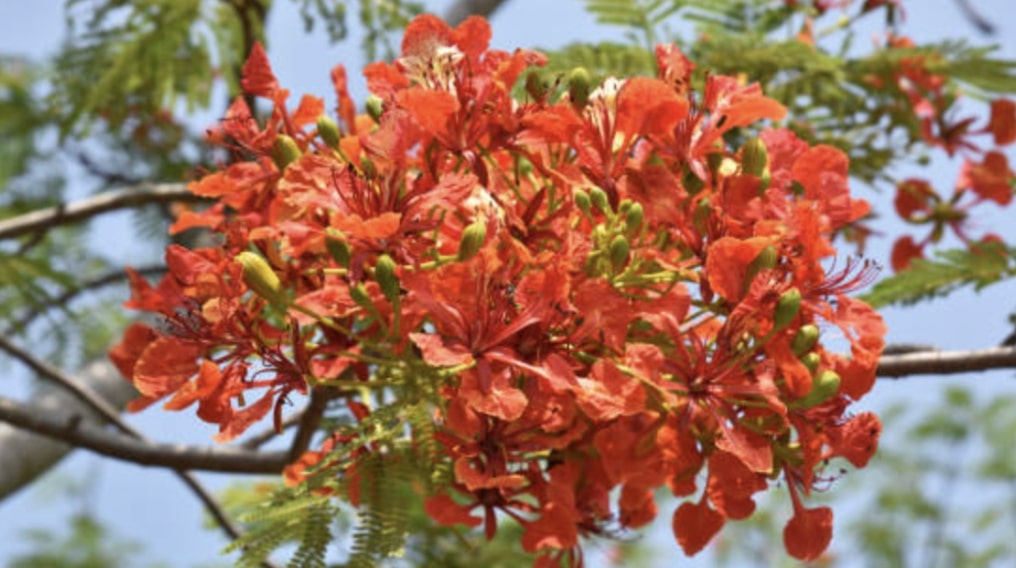
For dark brown to gold dyes, you can get them from a royal poinciana flowering tree. With its fiery red leaves, the plant is sometimes called the flame tree or flamboyant.
The parts you can use them for are the whole flowers or petals. The resulting color varies depending upon the mordant used.
K. Anitha and S.N. Prasad, bird experts from Salim Ali Centre in India found that using the dye with a turmeric mordant produced a dark tan or gold color while using it with alum made olive green dye.

